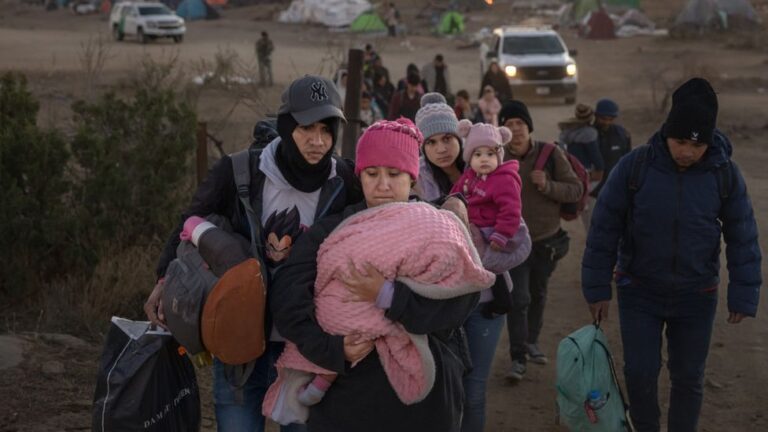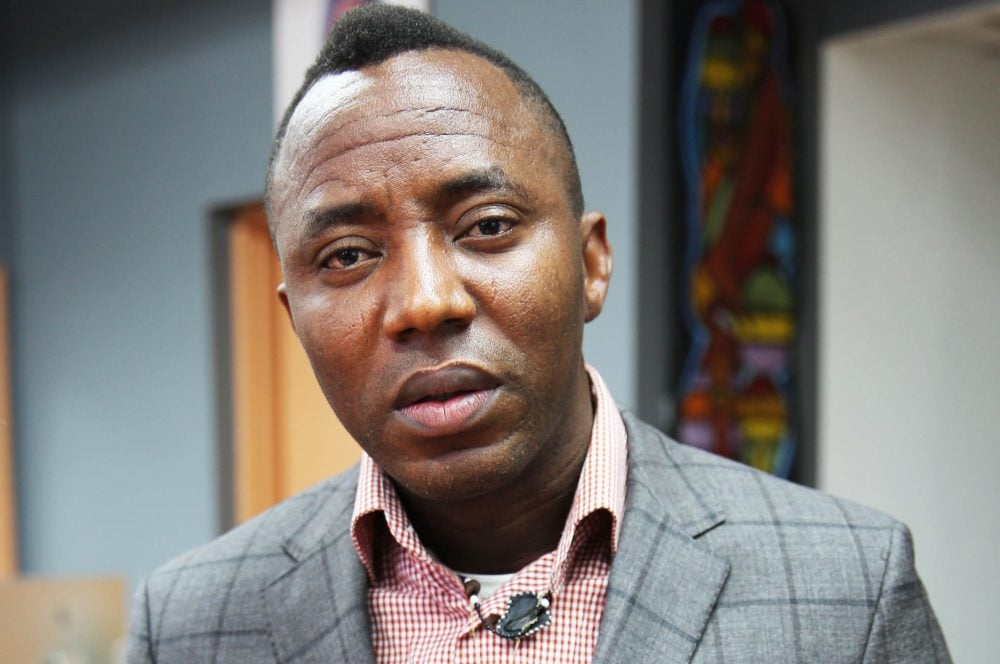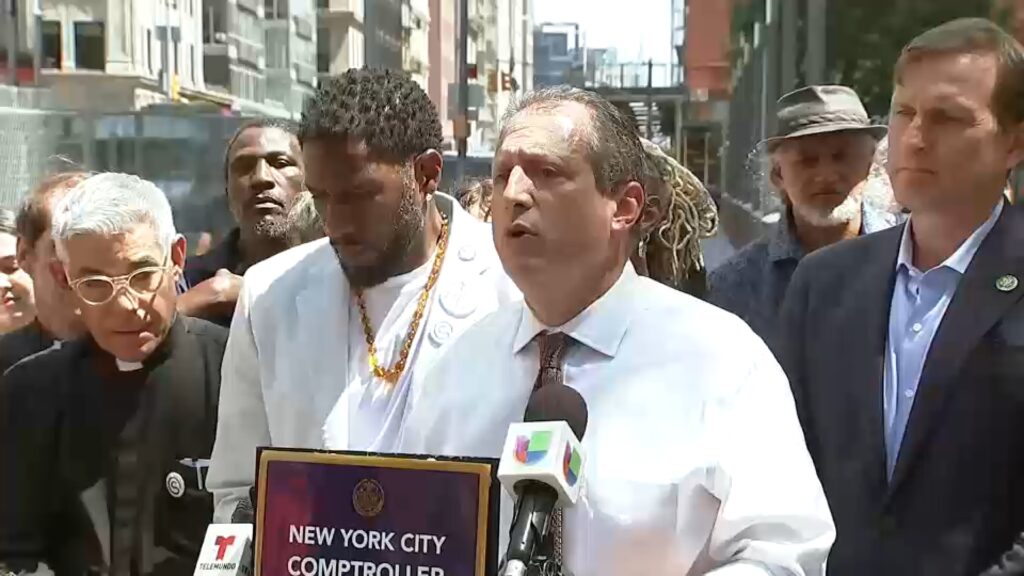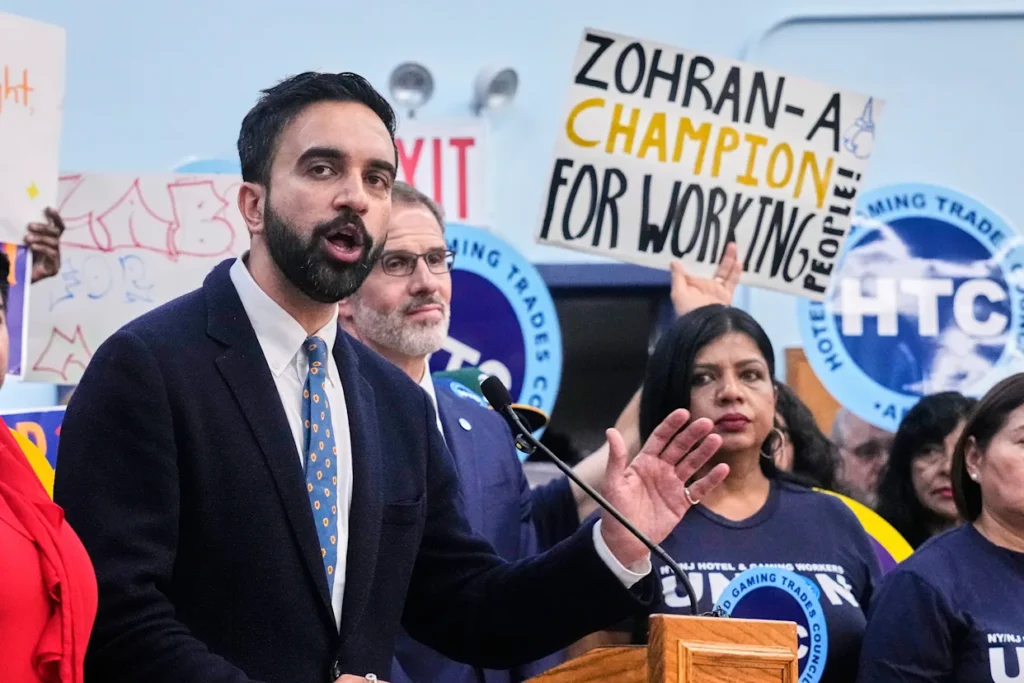On a windy morning last month, volunteer Adriana Jasso lifted the flaps of a tent set up against the towering steel bars of the US-Mexico border fence. On her side, plastic tables were stocked with apples, packets of hot chocolate, mylar blankets, and stacks of ponchos – supplies ready for hungry and weary migrants who had journeyed for weeks or months to reach California.
On the other side of the fence, visible through the gaps in the towering barrier, a group of over 100 people – hailing from countries like Ecuador, Colombia, China, and Rwanda – clustered together, waiting to be allowed onto US soil. This border point south of San Diego is now one of the busiest along the entire US-Mexico frontier, which spans about 1,950 miles (3,140km) from here to eastern Texas and the Gulf of Mexico.
A historic surge in illegal border crossings in recent years has intensified the debate over immigration and border security, becoming a pivotal voter concern ahead of the US presidential election in November. While the border crisis has predominantly focused on Texas, where Republican Governor Greg Abbott has clashed with President Joe Biden over immigration policies, recent data indicates a shifting geography of the US migration challenge towards western border states like Arizona and California.
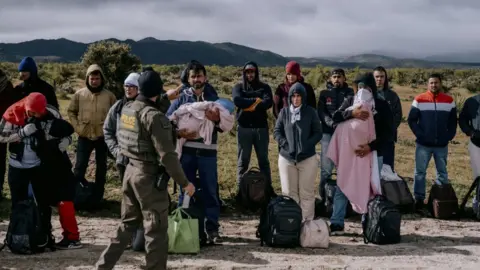
In San Ysidro, situated about 16 miles south of affluent San Diego, crossings rose by 85% in February compared to the previous year, contrasting with Texas where illegal entries declined during the same period. According to CBS, the Del Rio border crossing in Texas saw only a few hundred daily apprehensions in January, sharply down from the 2,300 daily migrant crossings recorded in December.
The shift in migrant flows is attributed partly to Governor Abbott’s crackdown on illegal migration and increased security measures by Mexican authorities along the border.
The arrival of a large number of people has strained resources in the San Diego area; local officials said that after migrants are apprehended and processed at a facility near the border, as many as 1,000 individuals a day are being released at city train and bus stops.
Shortly after 8 a.m., Border Patrol agents arrived and opened the gate to initiate intake on the strip of land where migrants had been waiting. Men were permitted to retain only one layer of clothing, while women and children were allowed two; they lined up and removed jackets and shoelaces (which were prohibited at the processing center due to safety concerns), placing them into plastic bags or backpacks. From there, they boarded buses headed to a processing center, where they were registered and could submit a claim for asylum. The majority were bound for towns and cities across the US where they had family, friends, or support networks.
The dispersal of migrants across the country has strained communities, exasperating local officials and elevating immigration to the top of the political agenda. A Wall Street Journal poll released in March ranked immigration among the top two concerns for registered voters in seven battleground states – Arizona, Georgia, Michigan, Nevada, North Carolina, Pennsylvania, and Wisconsin. According to the survey, at least 72% of voters across these states believed the country’s immigration policy and border security were moving in the wrong direction.

